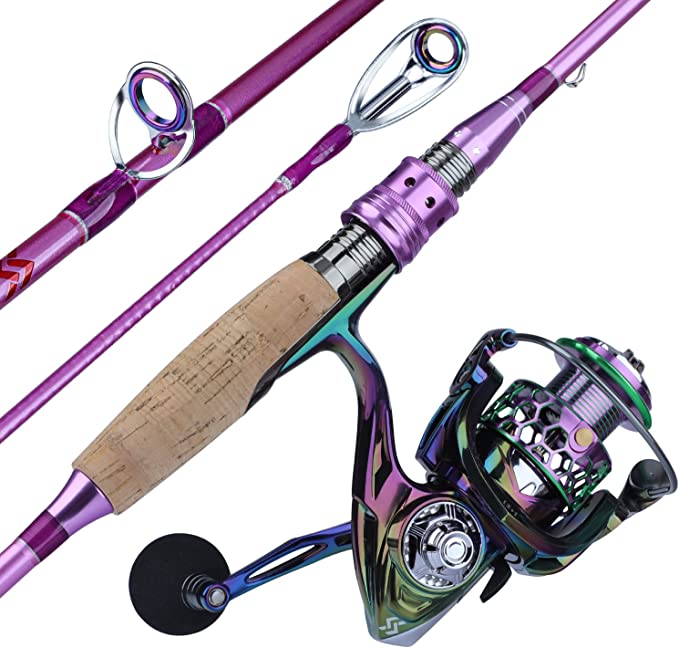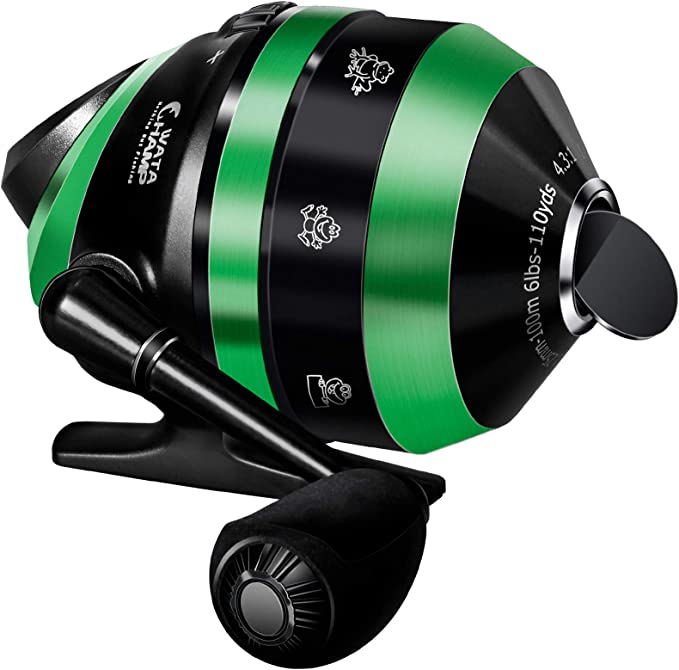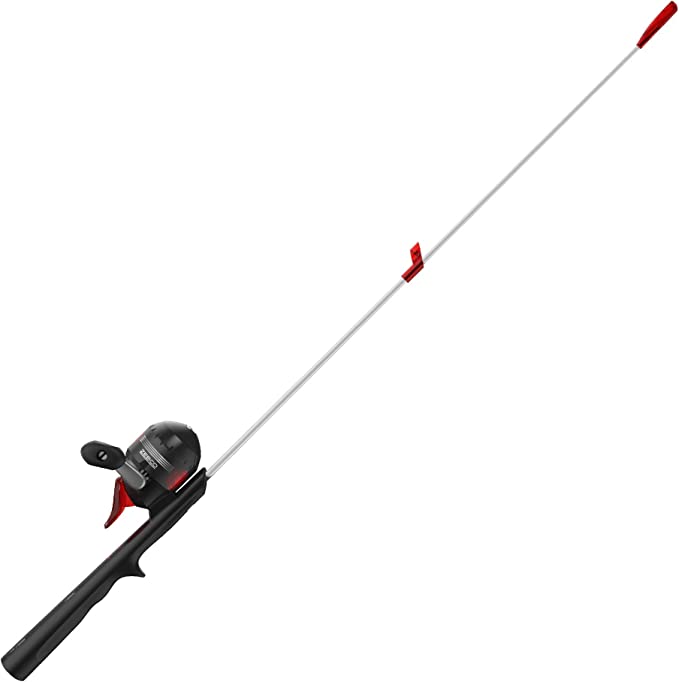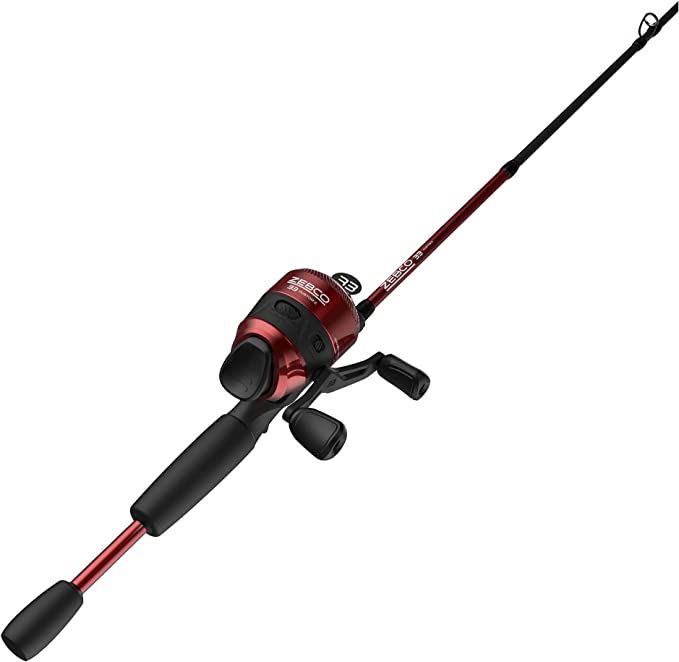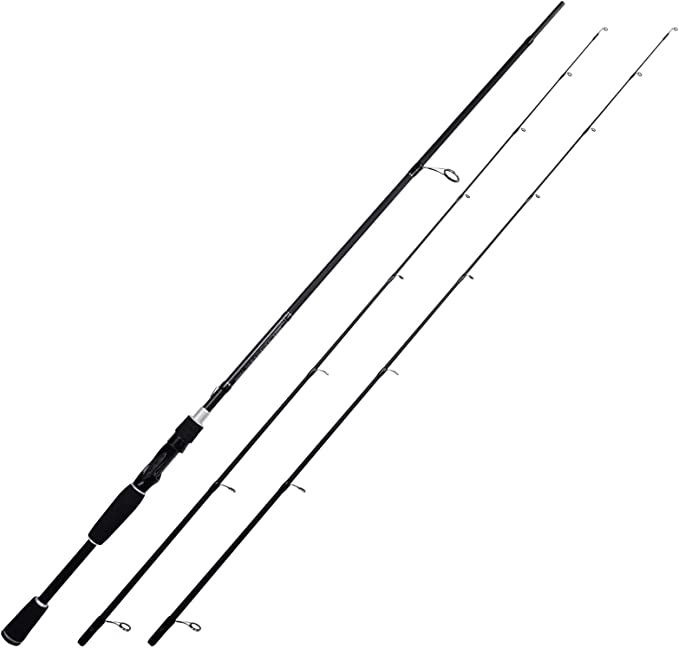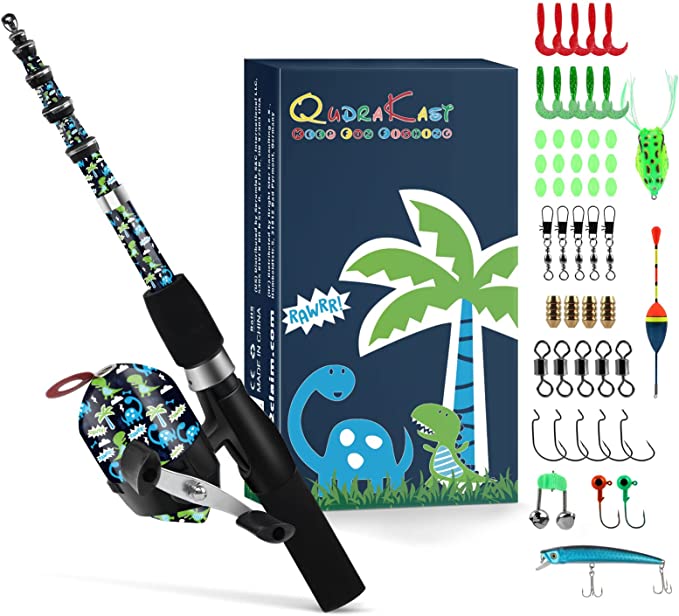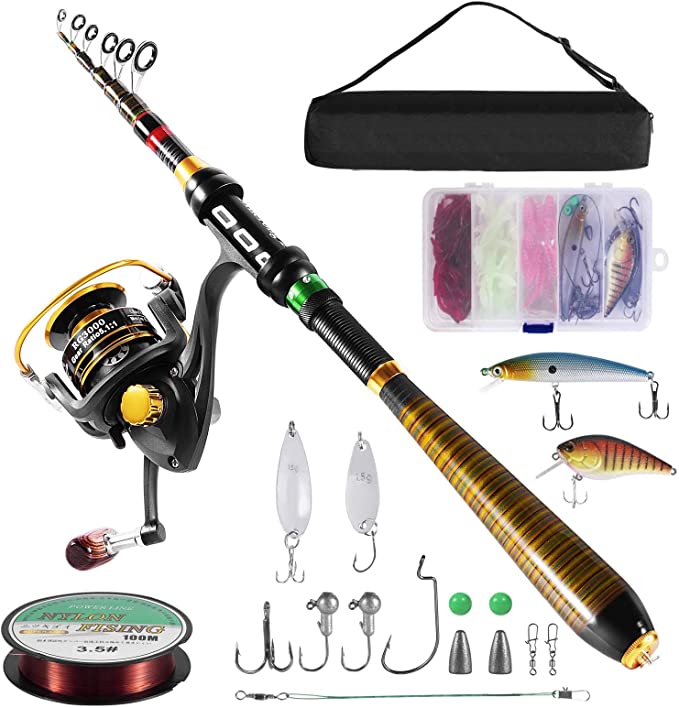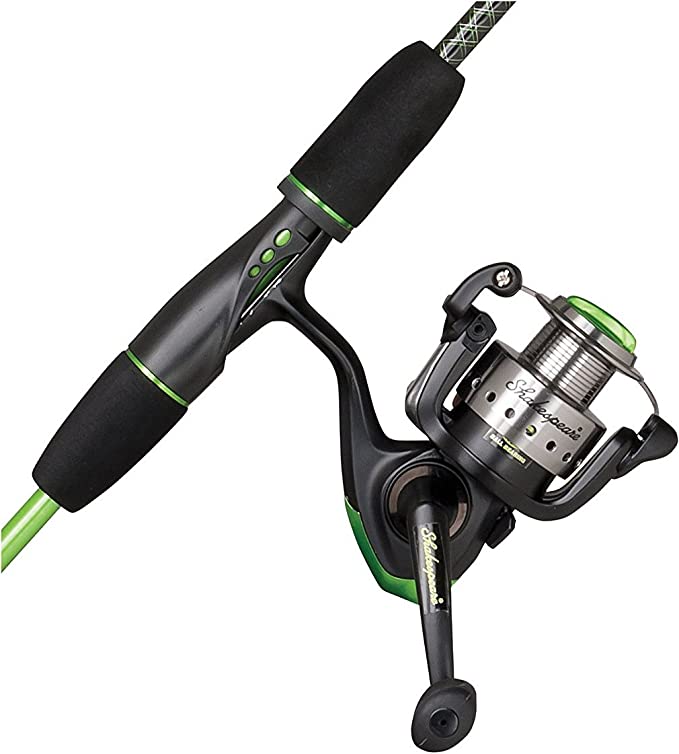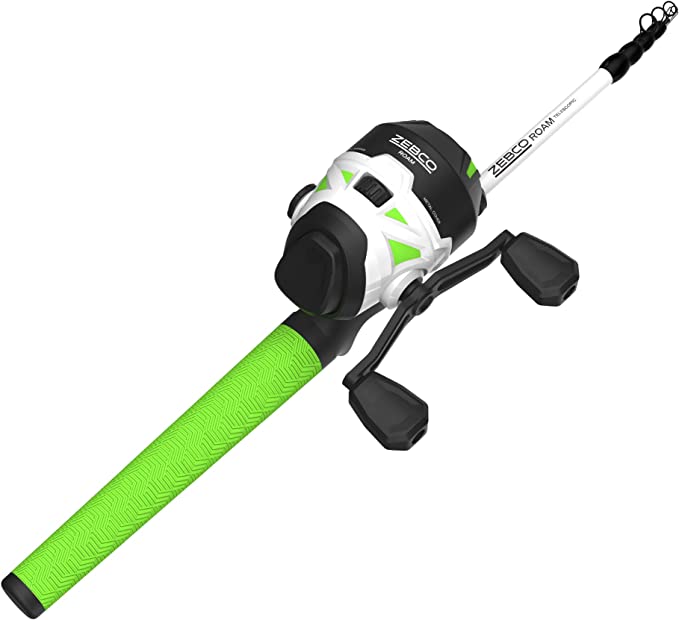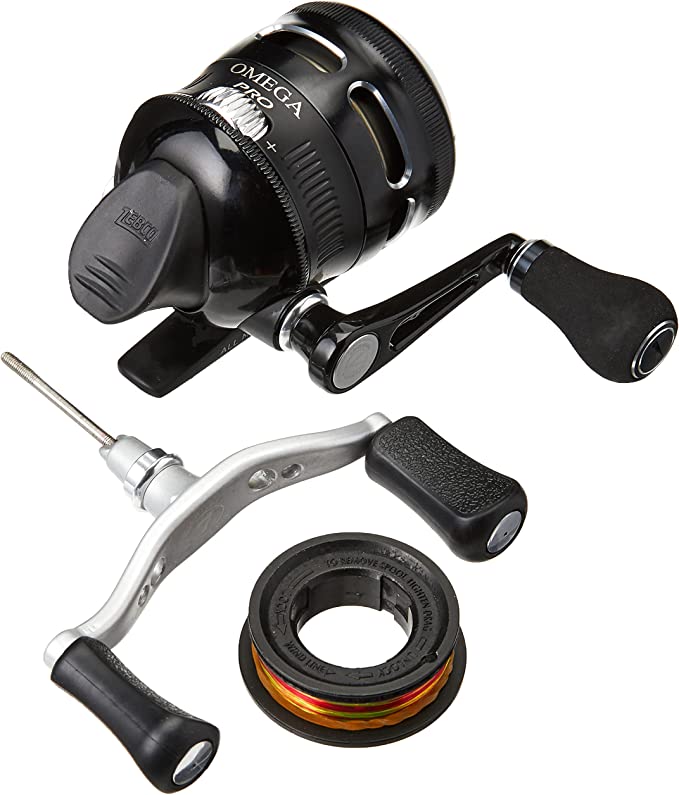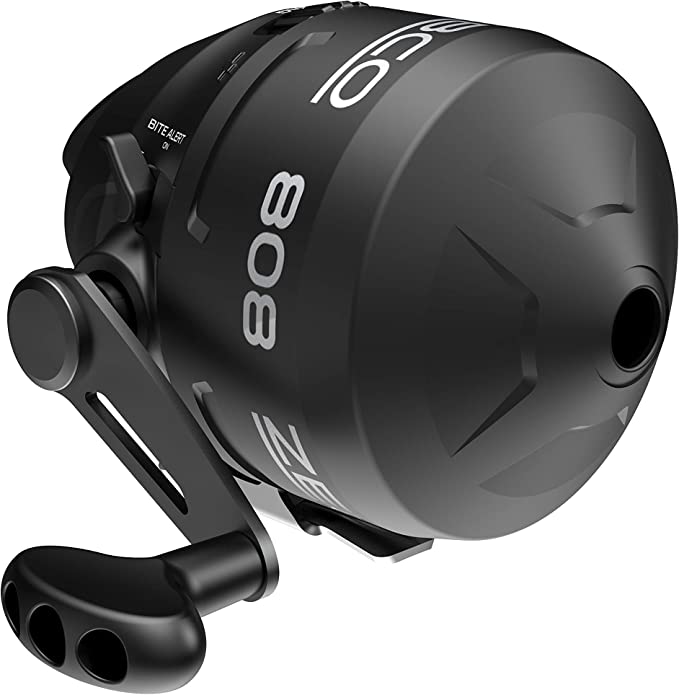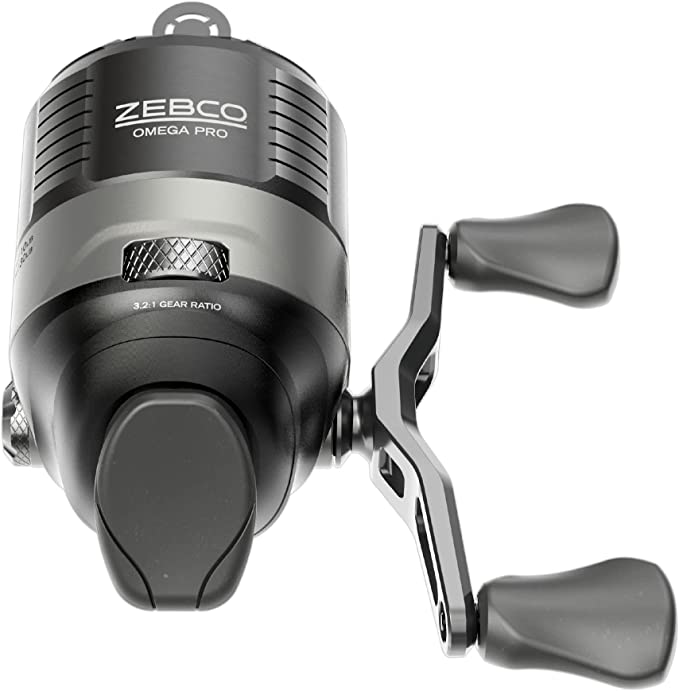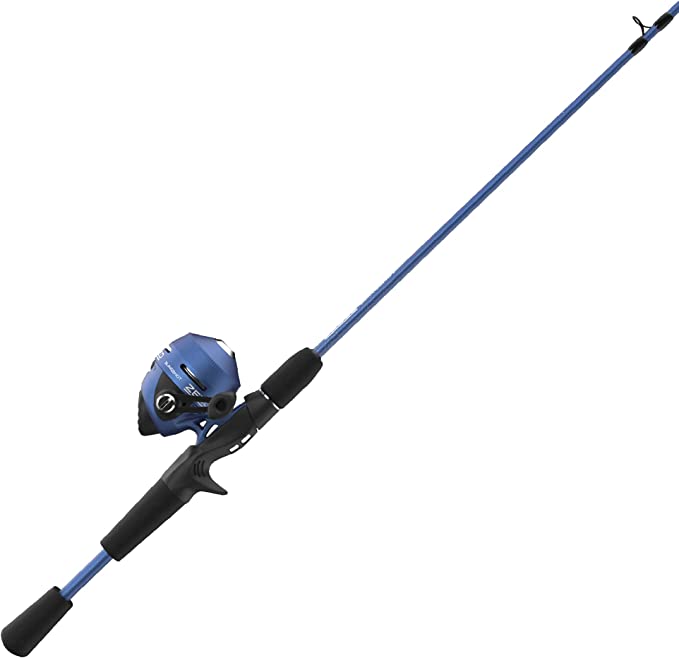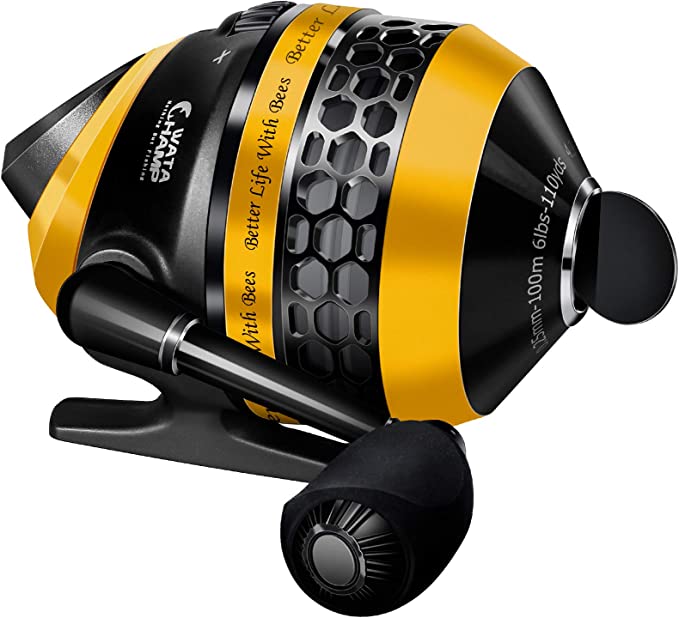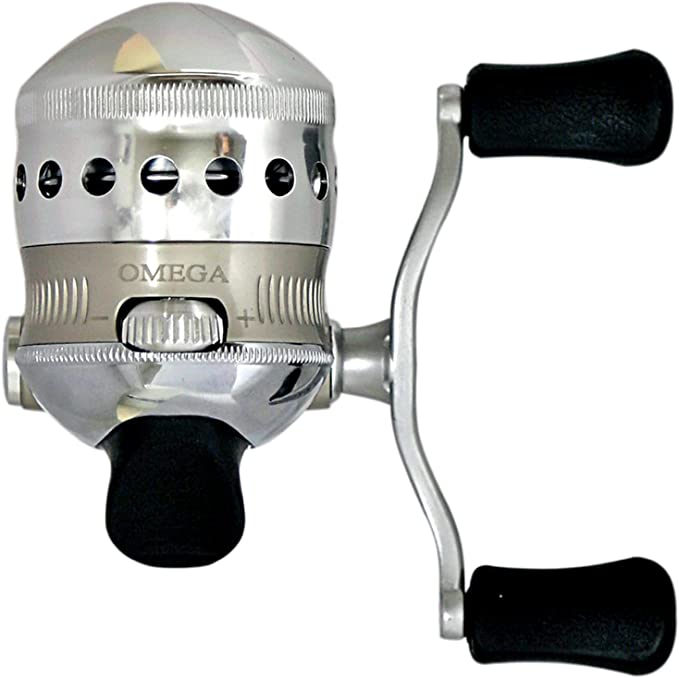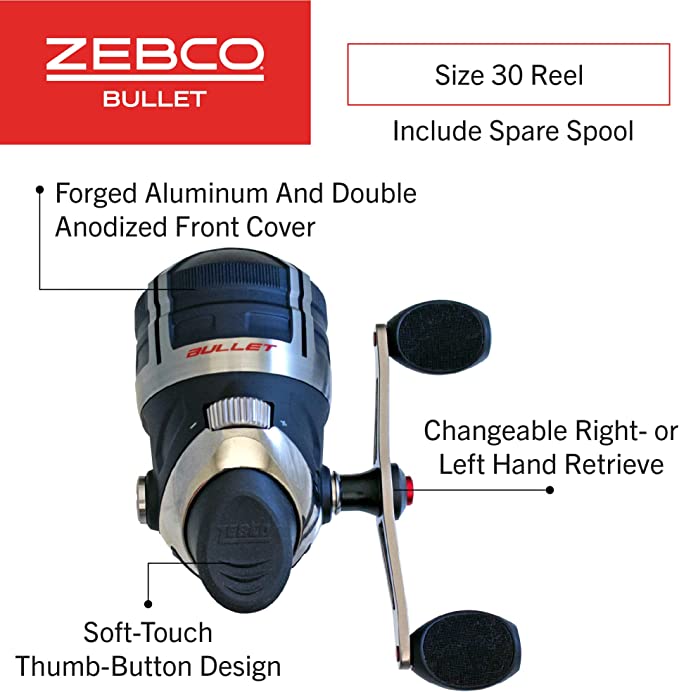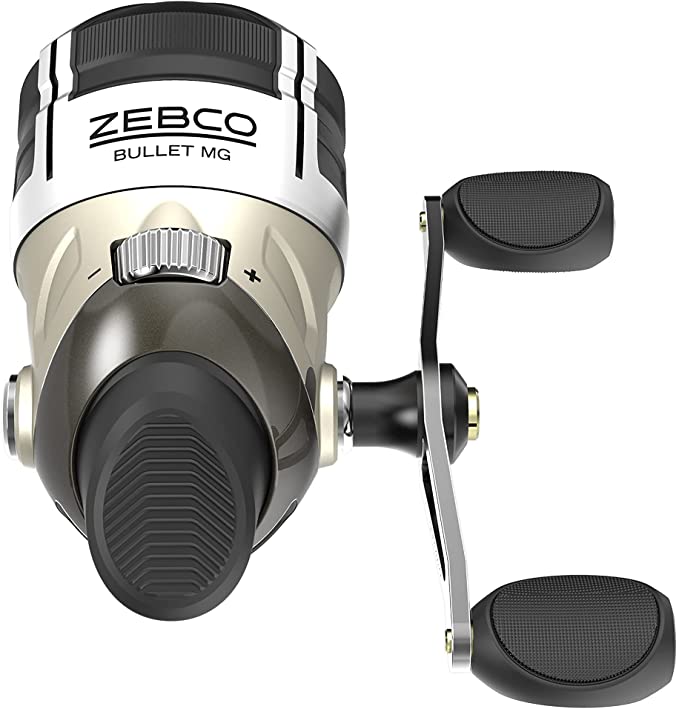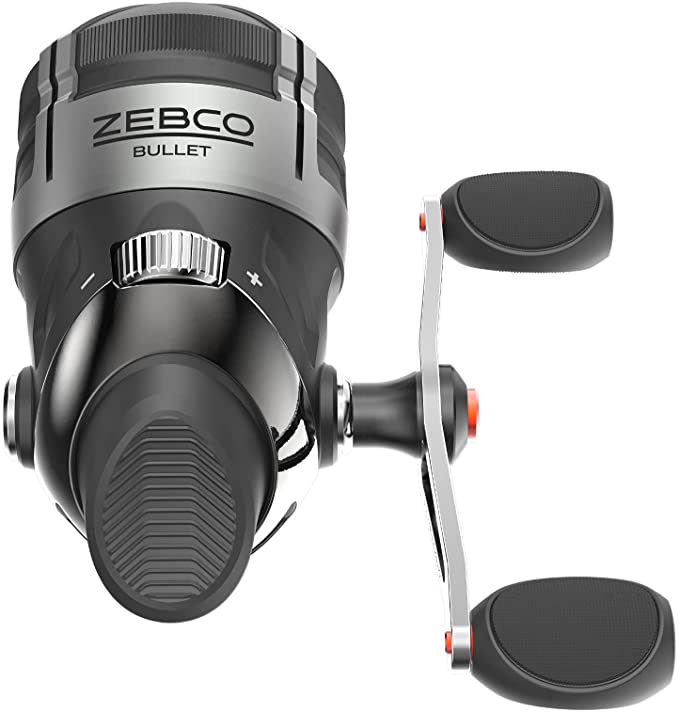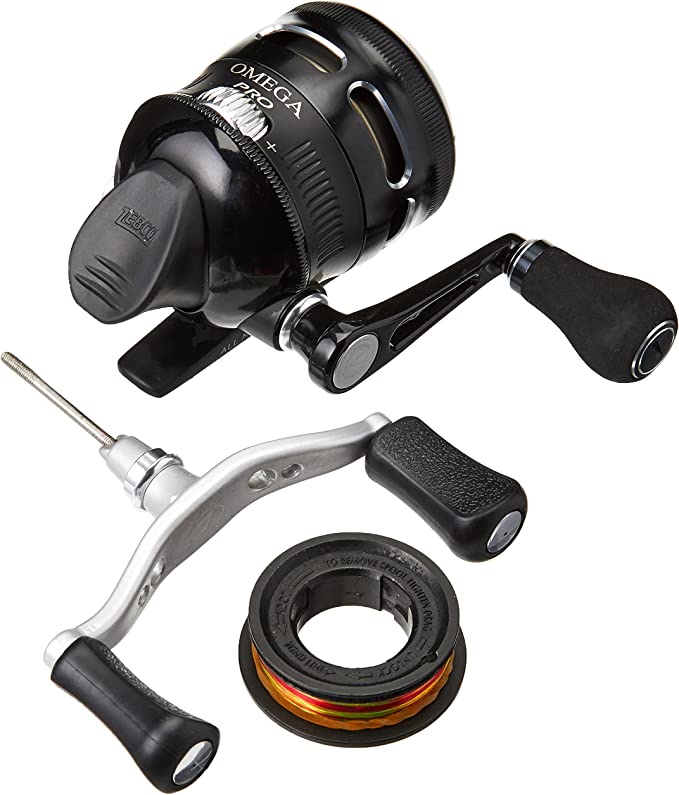The Unsung Engineer: Why Your First Fishing Reel is a Masterclass in Design
Update on Aug. 1, 2025, 9:40 a.m.
There’s a universal moment of truth, suspended in the quiet air of a lakeside morning or a dusky pond-side evening. It’s the moment of the first cast. For a new angler, this instant holds two futures: one of a gracefully arcing line and blossoming excitement, the other of a tangled mess and sinking frustration. The difference between these two paths often lies not in the user’s nascent skill, but in the silent, invisible engineering of the tool in their hands. The KastKing Cadet Spincast Reel, while modest in appearance, serves as a perfect case study in this philosophy. It reveals how profound principles of physics, material science, and user-centered design can converge to transform a potential ordeal into a treasured memory.
The Confidence Machine: Deconstructing the Push-Button Heart
The greatest barrier for any novice is complexity. Traditional reels demand a symphony of coordinated movements—flipping a bail, pinching the line, timing the release. For a mind already occupied with footing, balance, and the target, this can be overwhelming. The spincast reel’s solution, refined in the Cadet, is a masterstroke of simplifying this cognitive load. Its push-button heart operates on a beautifully simple clutch mechanism.
Pressing the button disengages the internal pick-up pins and holds the line. The angler can focus solely on the physical arc of the cast. At the moment of release, their thumb simply lifts off the button. The line flows freely. A turn of the handle re-engages the clutch, the pins snap back into place, and the retrieve begins. This isn’t just “easy”; it’s a design that intentionally removes points of failure, allowing a beginner to build confidence and correct muscle memory through successful repetition, not frustrating trial and error.
The Unfailing Guardian: Why Two Pick-Up Pins Are Better Than One
Confidence, however, can be shattered by unreliability. A frequent frustration with lesser spincast reels is the dreaded “slack line.” After a cast, or when a fish swims toward the angler, the line can go limp. When the handle is turned, a single pick-up pin might rotate through empty space, failing to grab the line. The angler is cranking, but nothing is happening. It’s in this critical moment that a fish is often lost.
The Cadet’s use of dual, stainless-steel line pick-ups is its most significant, albeit hidden, feature. This is not mere reinforcement; it is the powerful principle of mechanical redundancy. By having two opposing pins, the system doubles the probability of snagging the line on every single rotation, especially under slack conditions. Think of it as a guardian that never blinks. This design ensures that the instant you decide to retrieve, the reel responds. It translates a beginner’s sometimes-hesitant reaction into an effective hook set, transforming a potential failure point into a seamless transition from cast to fight.
A Tale of Two Materials: The Symphony of Graphite and Steel
An effective tool must be a physical extension of its user. For a beginner, especially a child, a heavy, unwieldy reel is a non-starter. The challenge is to create something light enough to be wielded for hours, yet strong enough to subdue a spirited bass. The Cadet’s body is a testament to the power of modern material science, conducting a symphony between two essential materials: graphite and stainless steel.
The frame and nose cone are crafted from a high-quality graphite composite. This material boasts a remarkable strength-to-weight ratio, allowing the reel to weigh a mere 7.4 ounces—a featherweight presence in the hand that belies its inner strength. Graphite is also inherently resistant to corrosion, a vital trait for a tool constantly exposed to water. But where brute force and wear resistance are paramount, steel takes the stage. The handle and those critical dual pick-up pins are forged from stainless steel. This ensures that the components enduring the most stress and friction can perform their duties flawlessly, cast after cast, season after season. It’s a design that doesn’t compromise; it optimizes, creating a whole that is light, strong, and durable.
The Physics of Feel: Engineering for Comfort and Control
Beyond weight, the “feel” of a reel is dictated by ergonomics, a science governed by the laws of physics. The Cadet features a “low-profile design,” which means its body sits closer to the rod and, therefore, the angler’s hand. This is a direct application of the principle of torque. Torque, simply put, is rotational force, calculated as force multiplied by the distance from the pivot point. By minimizing the distance between the reel’s center of mass and the wrist (the pivot), this design drastically reduces the torque the user must resist to keep the reel stable, especially while reeling.
The practical result is a dramatic reduction in hand and wrist fatigue. The reel feels less like a clumsy appendage and more like a natural extension of the arm. For a young angler, this means more control, better accuracy, and the ability to fish comfortably for longer periods. It is the physics of feel, scientifically engineered to be forgiving and comfortable.
Ultimately, the KastKing Cadet is a quiet champion of a powerful idea, one that echoes the vision of R.D. Hull, who invented the first spincast reel to make fishing accessible to everyone. It demonstrates that a beginner’s tool should not be a stripped-down version of an expert’s. Instead, it should be a more intelligent, more thoughtful piece of engineering, specifically designed to anticipate and solve the problems a novice will face. It is a machine built not just to cast a line, but to forge a memory, ensuring the story of that first fishing trip ends not with a tangle, but with a triumph.

